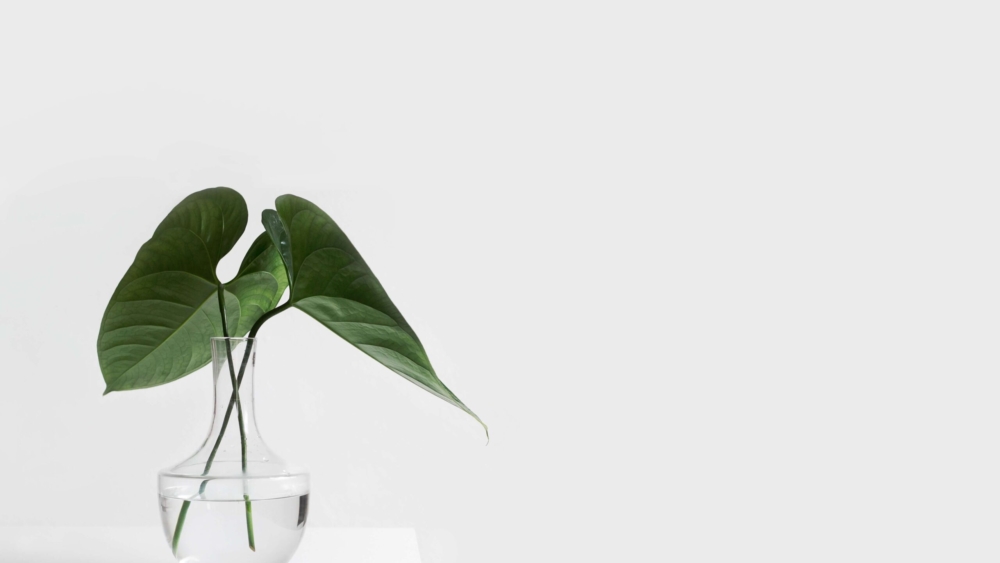Less is more…
…boring, indeed.
Every now and then a company unveils their shiny, rebranded logo, and it seems like all we see is a flat, minimalist overhaul that is stripped of all its previous visual quirks, and devoid of any charm. Sure, one could argue that form follows function; trimming all frills and flounces to its most essential form will help with legibility, allowing the logo to be easily scaled to a variety of formats in this digital age. In theory, this makes a lot of sense, but not so much in practice.
Logos are starting to look similar to each other as more brands follow the same principle. This loss of distinctiveness makes it increasingly hard for companies to stand out in the eyes of their customers(who are likely exposed to multiple brands in a day).
When flat design emerged, it flourished – its stark minimalism was a breath of fresh air. It preceded the derivative Skeuomorphism concept, and ushered in a wave of values that shifted the mindset of designers to the other end of the spectrum. The sheer impact of minimalism has had far-reaching effects, with its influence permeating into many realms such as architecture, fashion, and even lifestyle. Minimalism (when done right) emerged as an elegant solution to complexity in a time of oversaturation, but where do we draw the line between being minimal, and being uninspiring?
Oversimplification is the main issue
Simplicity doesn’t necessarily equate to being boring. Design should always strive to be functional and not rely excessively on aesthetics. Take a look at Malika Favre, an illustrator whose artworks prove that you can be a master of simplicity, but still deliver impactful moments by balancing precise shapes with bold usage of colours.
The ideology of minimalism challenges us to be intentional with our choices, it requires one to have a discerning eye to create a disciplined piece of work. To a novice, it’s a slippery slope to becoming formulaic. Knowing exactly how much to reduce is hard, but not impossible.
Remove complexity, not context
A minimalistic approach generally starts by stripping away the distracting bits, until it snowballs into a piece of design that’s barely there. Let’s give your customers some credit – not everything has to be overly simplified into hieroglyphs to be easily understood. When too much context is hidden away in the guise of minimalism, this can potentially lead to confusion and leave your customers disinterested.
What good is a functional design, if it’s not visible? For everything you eliminate, consider keeping one descriptive element that will help to reflect your company’s personality, humour or values. There is nothing inherently wrong with a flat, simple logo, but don’t let it replace an otherwise good logo that had no issues to begin with.
There’s no blanket solution
Minimalism is timeless; it’s a great approach to laser focus communication with deeper meaning. Before you commit, do consider the ramification an extreme reduction will entail:what will differentiate your brand from your next competitor? Is there a sentimental value attached to that element? How will your target market react?
Clean design doesn’t guarantee success, it only enhances and highlights your brand values that are already deeply tied to your identity. Prioritise the message you want to convey, and then figure out how you want to deliver it. Once the messaging has been crafted, be consistent with your approach. Don’t capitalise on the clean, modern aesthetic just to force relevancy onto your brand.
In a maximalist world, minimalism triumphs with its enduring appeal, but as trends come and go, it’s important to ensure you’re not compromising your brand’s messaging. That doesn’t mean minimalism is a bad practice, just that it isn’t a one-size-fits-all solution you hope for.
Minimalism or maximalism, we can help: [email protected]

